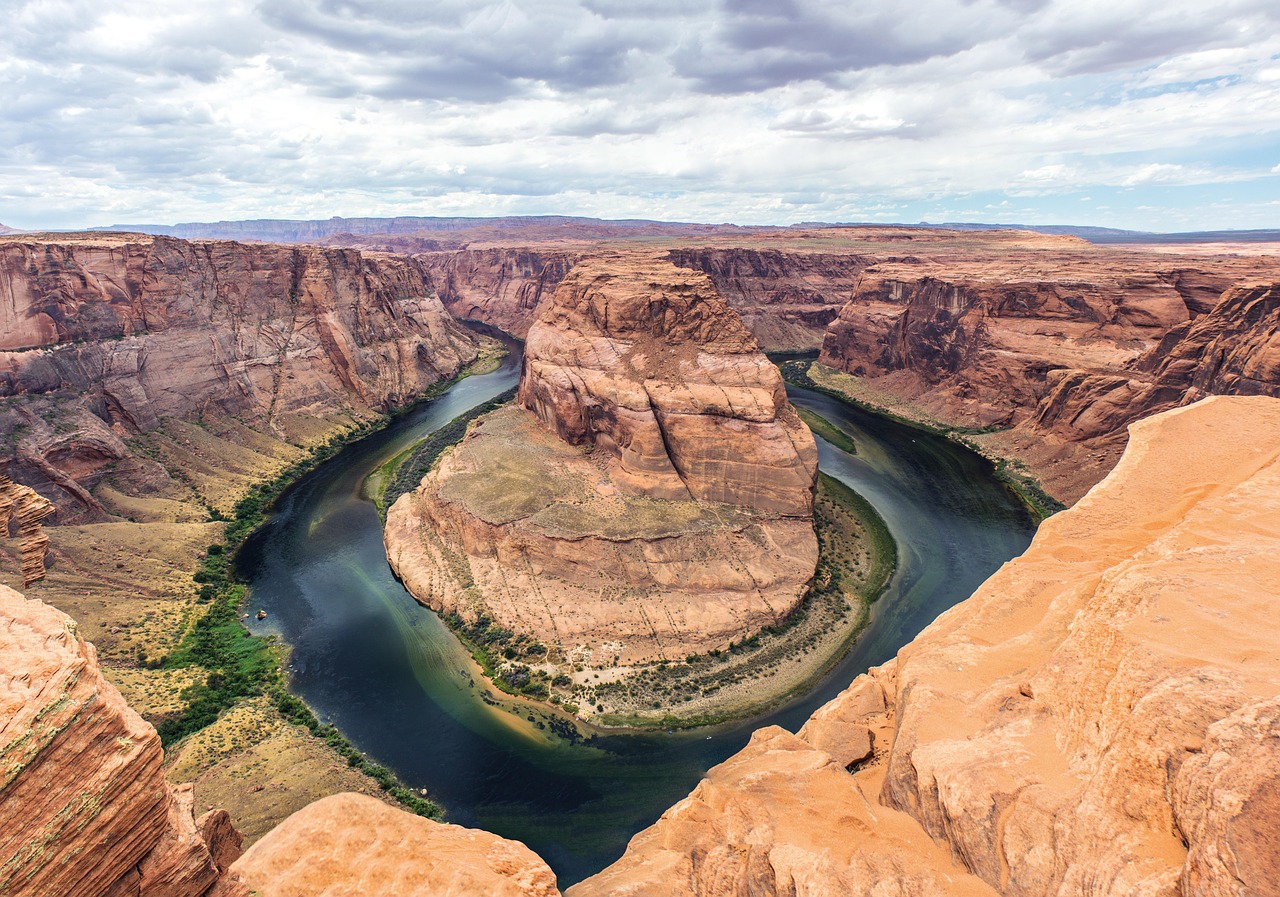- 11 Historic Wildfires That Changed Fire Management Data Reveals - October 4, 2025
- The 1883 Krakatoa Event And Its Global Weather Effects Records Show - October 2, 2025
- How Scientists Use Climate Models To Forecast The Future - October 2, 2025
Colorado River Basin: Vanishing Lifeblood
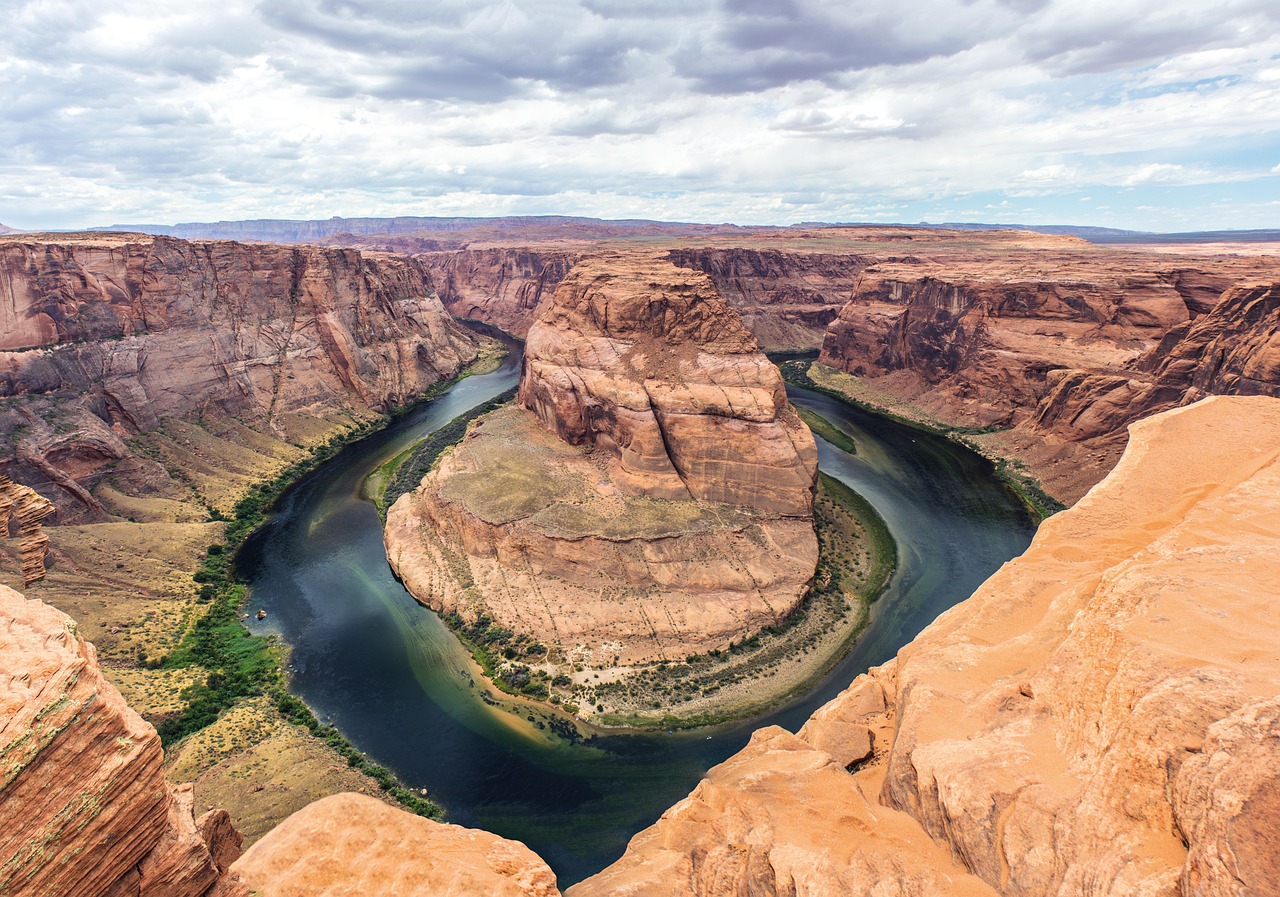
The Colorado River Basin has quietly become the epicenter of America’s groundwater emergency. According to a recent NASA-based study, the Basin has lost a staggering 27.8 million acre-feet of groundwater since 2003. To put that into perspective, that’s nearly the entire capacity of Lake Mead—America’s largest reservoir—gone from underground reserves. Even more alarming, groundwater here is draining away 2.4 times faster than water from rivers and lakes. This hidden loss threatens the primary water supply for 40 million people spread across seven western states. Experts warn that cities from Los Angeles to Denver rely on this water for everything from drinking to farming. As reserves shrink, the risk grows for widespread shortages and water restrictions. The Colorado’s vanishing lifeblood is no longer just a western problem—it’s a national crisis.
Acceleration Since 2015: Pumping Into Crisis
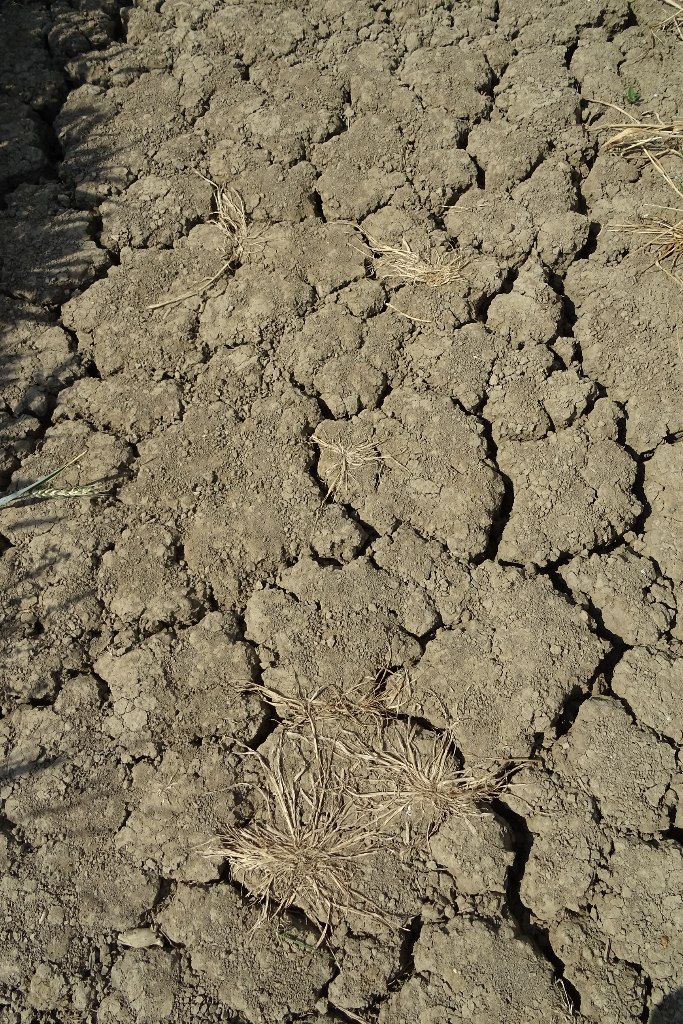
The speed of groundwater depletion in the Colorado River Basin has shifted from a slow leak to a gushing drainpipe. Over the past decade, losses have tripled compared to previous decades, with most of the blame pointed at unregulated agricultural pumping. Arizona, in particular, stands out as a hotspot, where farmers have drilled ever-deeper wells in pursuit of dwindling water supplies. This acceleration isn’t just a number in a spreadsheet—it’s visible in the cracked earth and shrinking rivers across the region. Hydrologists warn that if this trend continues, even the most resilient communities could face water emergencies. “We’re seeing an unsustainable trajectory,” says one water policy expert. Each year of delay deepens the crisis, making recovery ever more daunting.
Ogallala Aquifer: America’s Drying Breadbasket
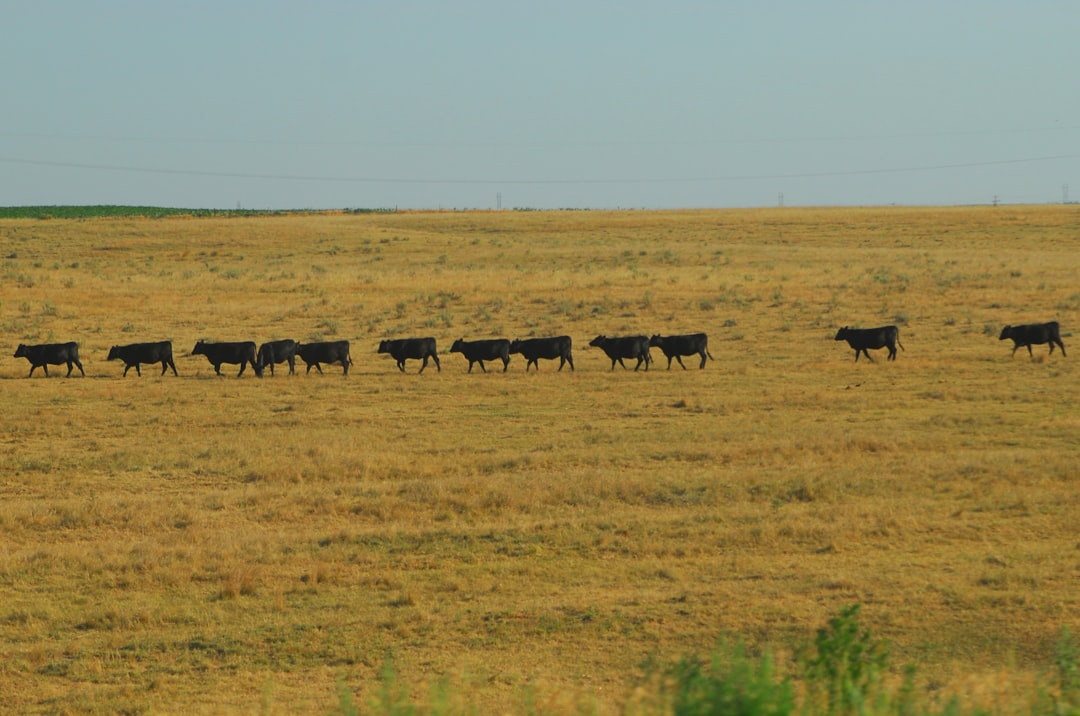
Beneath the sprawling fields of the Great Plains, the Ogallala Aquifer has silently powered America’s agricultural engine for generations. But since the 1950s, relentless irrigation has drained about 9% of its saturated volume. What’s truly shocking is how long recovery would take: scientists estimate it would need more than 6,000 years of normal rainfall to naturally replenish the aquifer. That’s not just a statistic—it’s a stark warning for the country’s food security. As the Ogallala shrinks, farmers in states like Kansas, Nebraska, and Texas face hard choices about what—and whether—they can plant. Without serious intervention, the region’s vast fields may become dust bowls, reminiscent of the 1930s. The threat isn’t distant; it’s unfolding with every harvest.
National Depletion Rates: Tapping Ancient Reserves
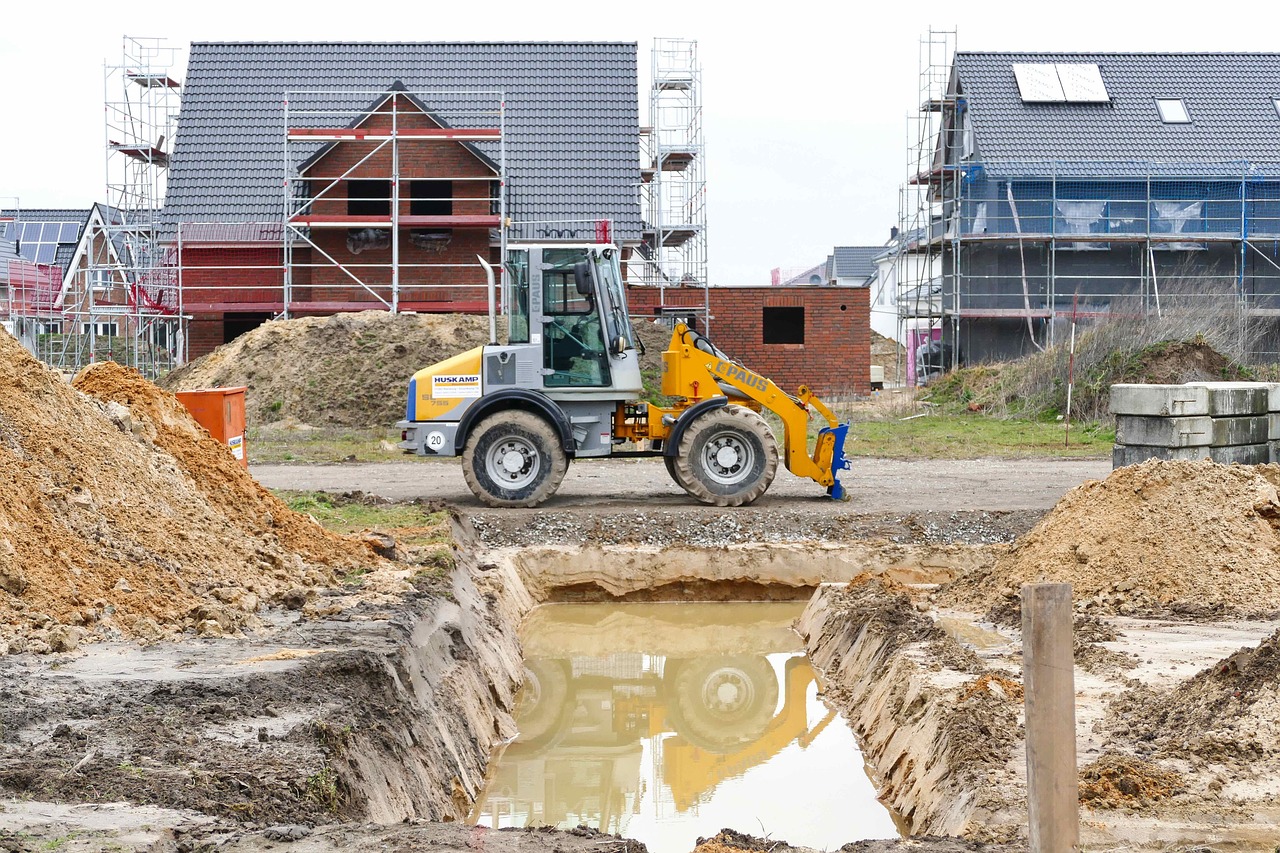
A 2025 report from the President’s Council of Advisors on Science and Technology (PCAST) paints a grim national picture: much of the western United States is now pumping groundwater faster than nature can replace it. Many aquifers contain “fossil water”—ancient reserves recharged over 10,000 years ago—meaning every gallon withdrawn is essentially gone for good. This isn’t just about drought or seasonal shortages; it’s about using up water that took millennia to store. As more communities tap into these ancient reserves, the risk of irreversible depletion grows. Water managers warn that once these resources are gone, there’s no technological fix that can bring them back. It’s a slow-motion emergency that few outside the water world are talking about.
Texas Steps Up: Science and Solutions
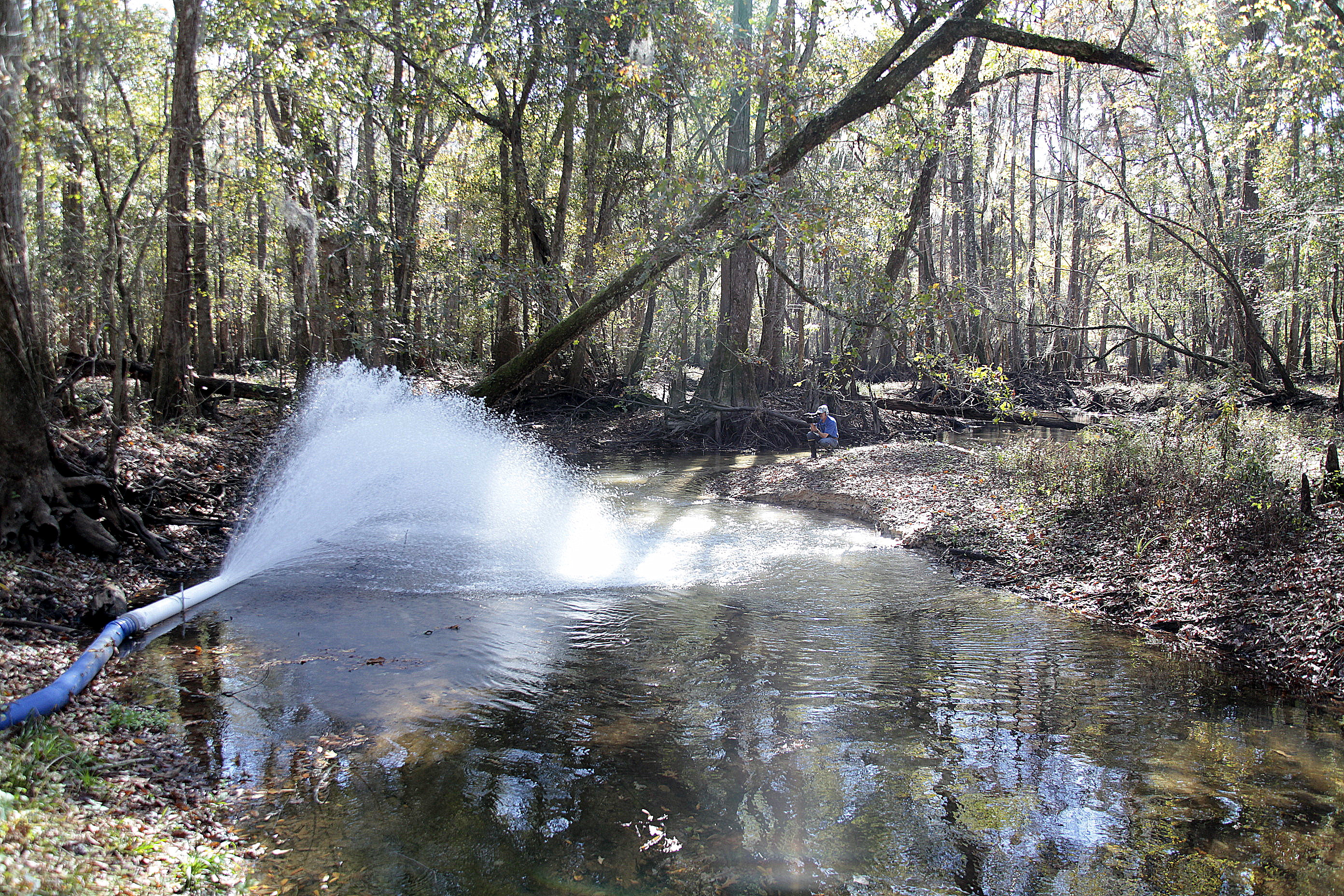
Texas, famous for its independence, is finally moving to confront its groundwater crisis head-on. The state’s House Bill 1400, which recently passed unanimously in committee, proposes a $15 million fund over the next decade to boost groundwater science and modeling in drought-prone regions. Supporters argue this investment is long overdue, as Texas faces some of the fastest depletion rates in the country. The bill would support better tracking of aquifer health and smarter policies to manage scarce resources. “We can’t afford to fly blind anymore,” one lawmaker insisted during debate. While $15 million is a drop in the bucket compared to the scale of the crisis, experts say it’s a crucial first step toward making more data-driven decisions. The rest of the country will be watching closely to see if Texas can turn science into survival.
Arizona’s Bold Regulation: Willcox Basin in the Spotlight
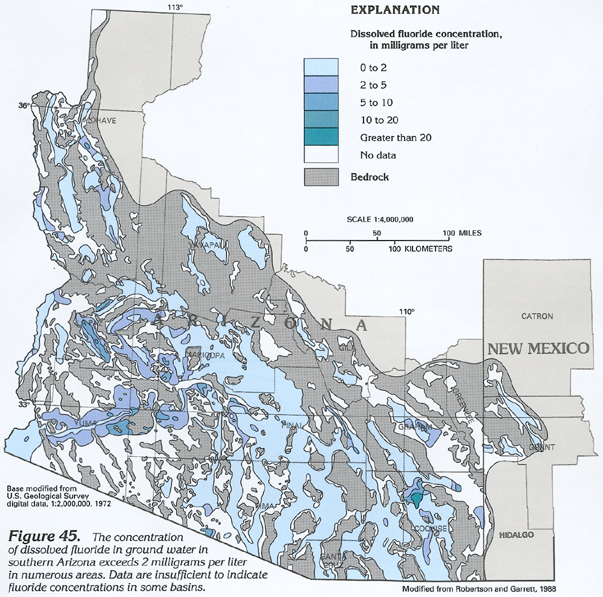
In a move that’s making waves across the West, Arizona recently designated the Willcox Groundwater Basin as an “active management area.” It’s the first new designation of its kind since 1980, and it’s aimed squarely at curbing unregulated pumping by large-scale agricultural operations. This marks a dramatic policy shift for a state long known for loose water rules and “wild west” drilling. The new regulations bring strict limits on groundwater use and require farmers to report pumping volumes—something previously unheard of in the region. Local officials say the move is necessary to slow the alarming drop in water tables and protect domestic wells. While some growers are pushing back, others admit that without action, the basin could run dry within a generation. Arizona’s gamble may become a model for other desperate regions.
Health Impacts: When Wells Run Dry
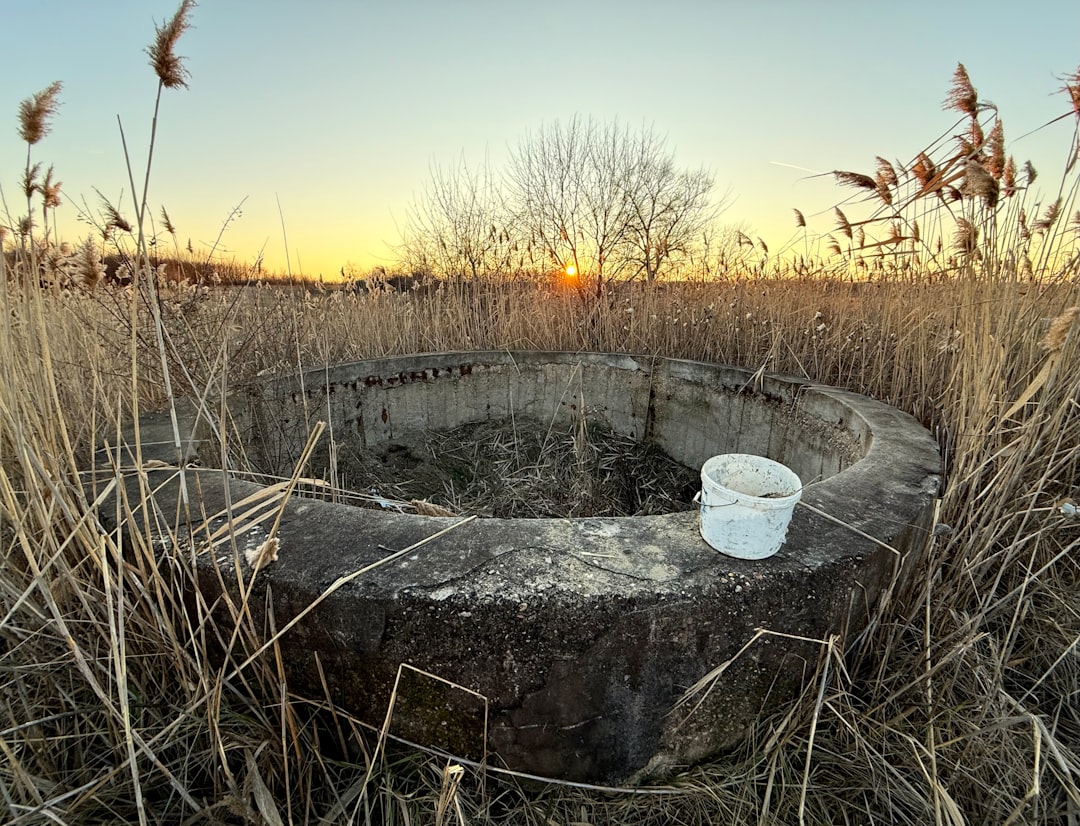
The consequences of groundwater depletion aren’t just environmental—they’re deeply personal for families whose wells have already run dry. In rural Arizona, more than a thousand households have lost access to water as aquifers drop below the reach of domestic pumps. Land subsidence, where the ground literally sinks as water is removed, has cracked roads and damaged homes. Fissures have opened up across farmland, leaving behind scars that are both physical and emotional. “Water is life,” one resident told reporters, “and now it’s just gone.” Public health officials are concerned about the risk of contaminated water as shallow wells become more susceptible to pollution. The toll on mental health is real, too, as families face the stress of hauling water or abandoning homes altogether.
Infrastructure at Risk: Cracks Beneath Our Feet
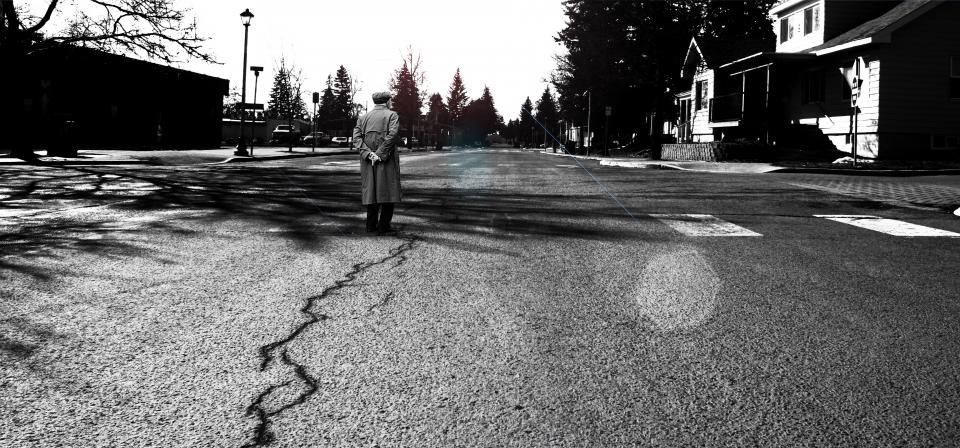
The problem isn’t confined to rural communities. As groundwater levels plummet, entire towns and cities are discovering that their infrastructure is at risk. In some Arizona counties, land subsidence has caused highways to buckle and pipelines to crack, leading to costly repairs and service disruptions. Engineers warn that utility lines, bridges, and public works across the West are vulnerable to the shifting ground beneath them. This isn’t just a minor inconvenience—it’s a multi-billion dollar headache for taxpayers. Some cities are investing in sensors and advanced mapping to track subsidence before disasters strike. But without a reliable groundwater supply, even the best engineering may not be enough to keep the ground from literally falling out from under us.
Communities Forced to Adapt: Innovation or Exodus?
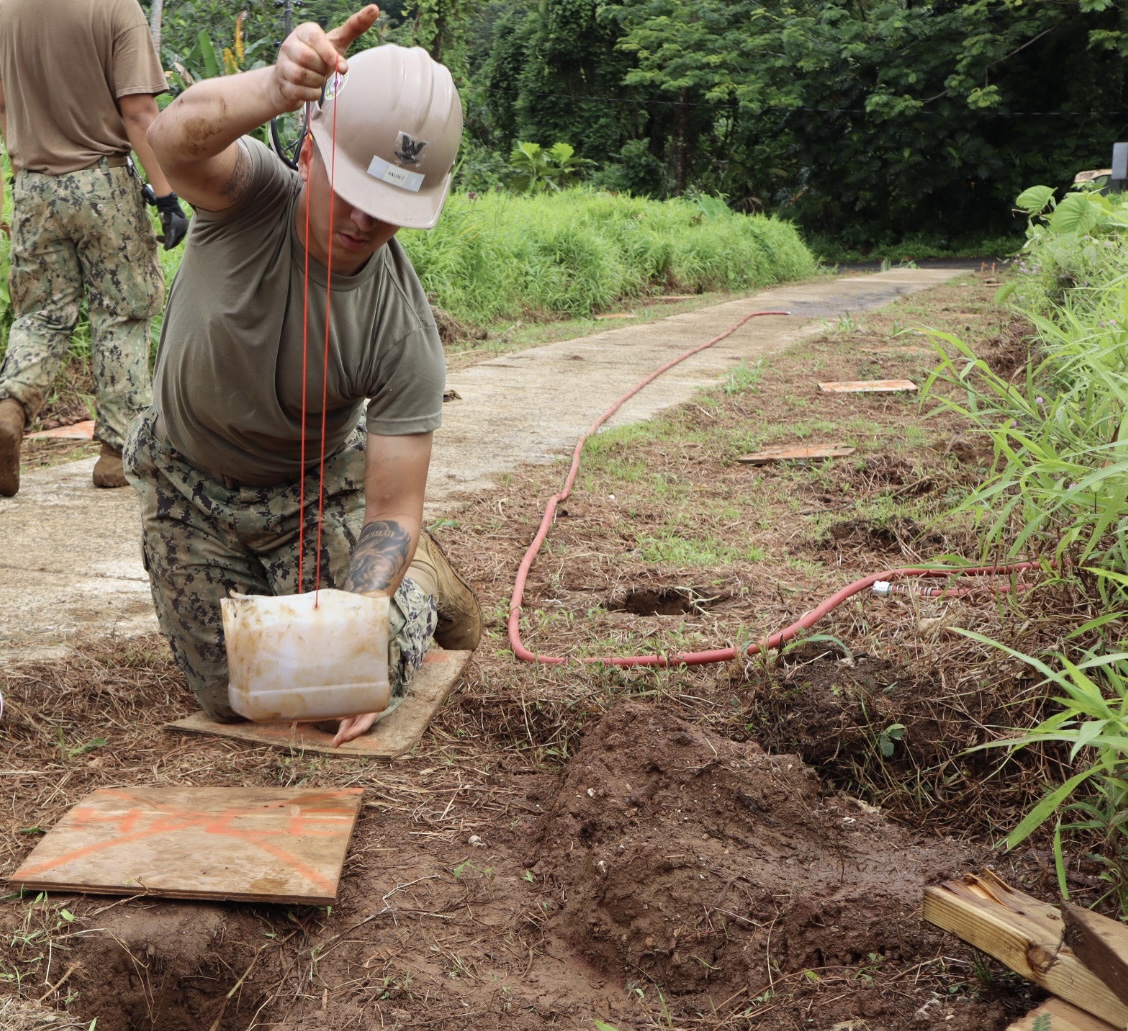
With water running out, some communities have turned to desperate measures to stay afloat. In California’s Central Valley, towns like Corcoran have spent millions to raise levees and buildings as the ground sinks—sometimes by several feet in a single decade. Others are drilling deeper and deeper wells, chasing water that may soon be beyond reach or affordable. Some areas are experimenting with groundwater recharge: capturing floodwaters and channeling them back underground. While these innovations offer hope, they’re expensive and not always effective. Community leaders worry that without broader action, entire towns could face abandonment. The choice is stark: adapt or move on.
The Hidden Cost: Food, Jobs, and the Economy
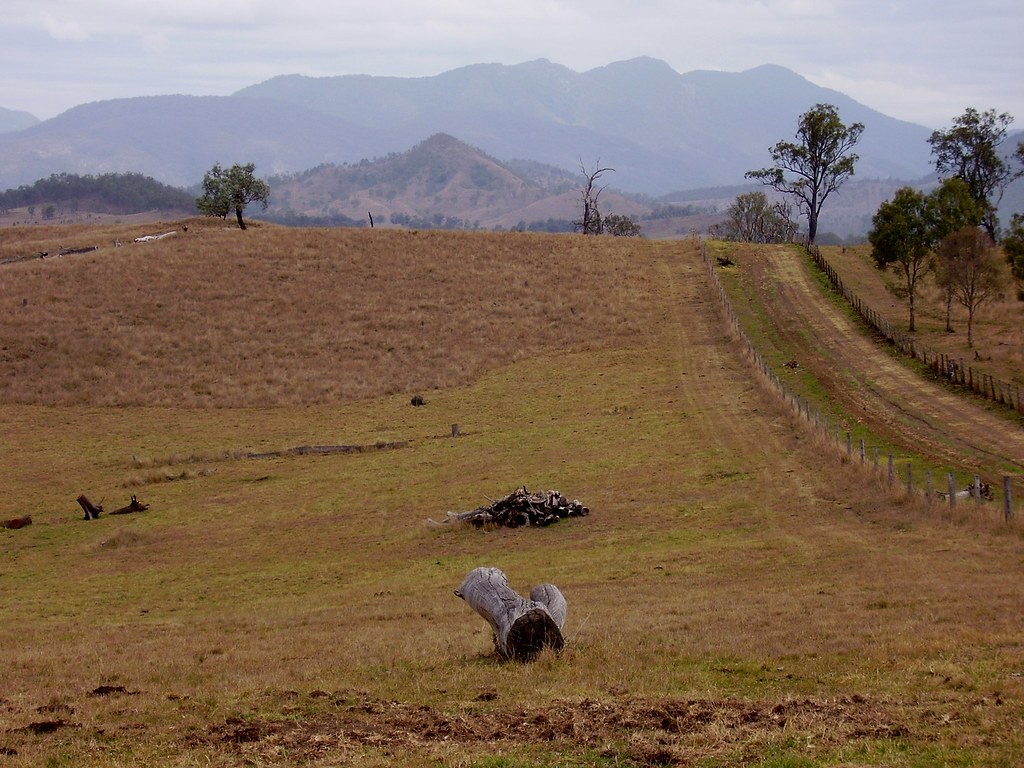
The groundwater crisis isn’t just a story about water—it’s about the food on our plates and the jobs in our communities. Nearly one-third of America’s crops depend on irrigation from stressed aquifers like the Ogallala and the Colorado Basin. As water becomes scarcer, growers are forced to fallow fields or switch to less thirsty crops, threatening harvests and farm incomes. Food prices could rise as supplies tighten, hitting families across the country. The ripple effects extend to packing plants, trucking companies, and grocery stores. Economists warn that unchecked groundwater loss could cost billions in lost productivity and wages. For many, the true cost of this crisis will only become clear when the tap runs dry.

